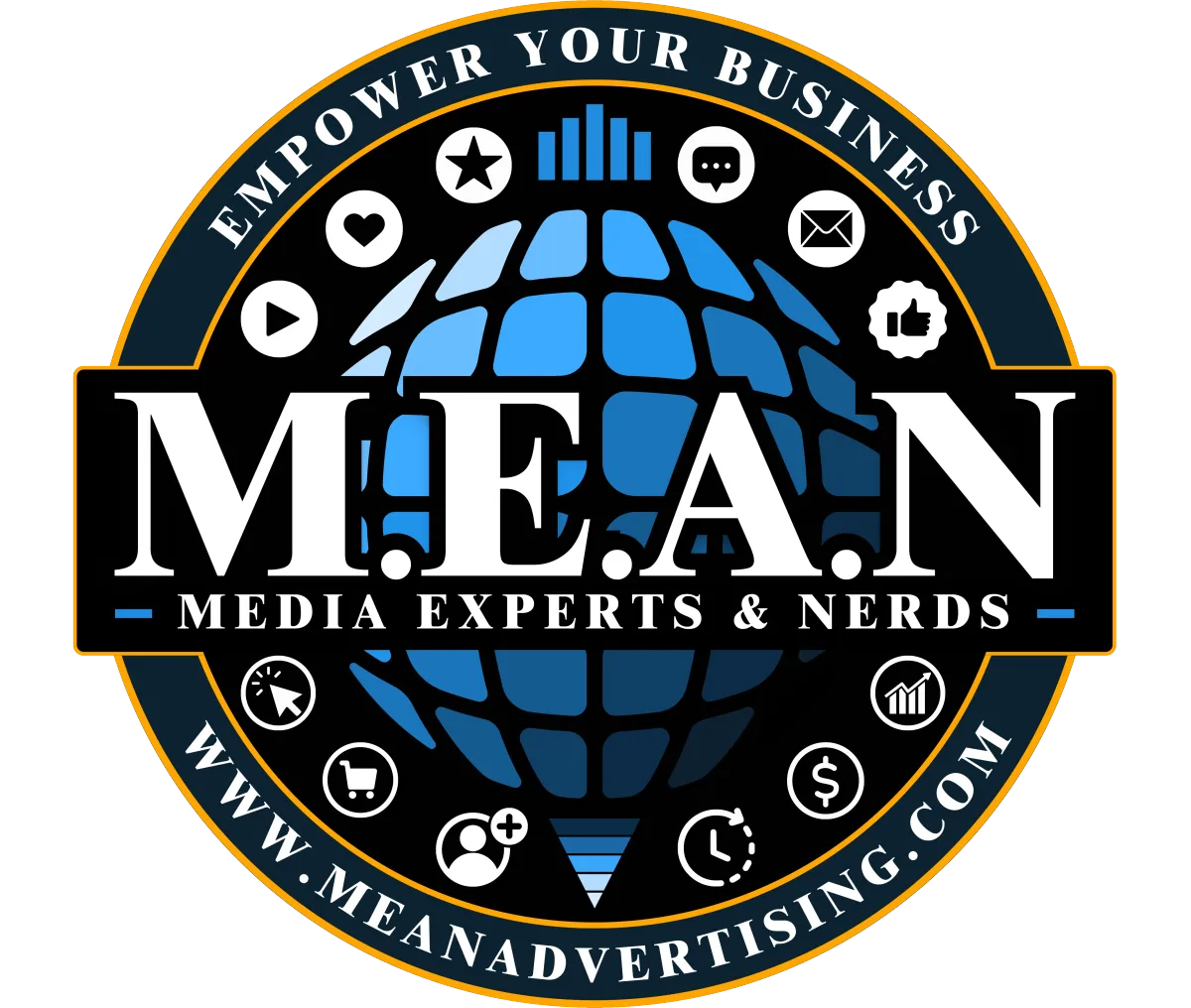
Marketing Tag Strategy: How to Use Tags to Boost SEO and Conversions
Marketing Tag Strategy: How to Use Tags to Boost SEO and Conversions
Smart tagging turns scattered content into a structured system that improves discoverability, SEO, and conversion tracking. Here’s how to build a lightweight, scalable marketing tag framework for your website, blog, and campaigns.
What are marketing tags?
Marketing tags are simple labels you attach to content, products, or campaigns to group related topics and intents. Unlike categories (broad buckets), tags add nuance. For example, a category might be “Marketing,” while tags could include “seo,” “content-tagging,” and “customer-journey.”
Why tags matter for SEO and UX
SEO context: Tag hubs create semantic clusters that help search engines understand related topics. See Google’s guidance on site structure: https://developers.google.com/search/docs/crawling-indexing/site-structure.
Faster discovery: Visitors can browse by interests across categories (e.g., all posts tagged “analytics”).
Better attribution: Tags make it easier to segment performance in analytics and connect content to funnel stages.
A simple tag framework that scales
Start small. Define 10–20 tags that reflect your core offers and customer problems. Keep names short, lowercase, and hyphenated.
Core tag groups
Channel: seo, paid-ads, email, social, video
Intent: how-to, template, checklist, case-study, benchmark
Funnel stage: awareness, consideration, decision, retention
Outcome: lead-gen, conversions, revenue, retention
Map each new content piece to 2–4 tags max to avoid bloat.
Naming best practices
Use lowercase, hyphen-separated slugs (e.g.,
customer-journey).Prefer nouns over verbs (e.g.,
lead-genvs.generate-leads).Avoid near-duplicates (e.g.,
seovs.search-engine-optimization— pick one).Audit quarterly and merge low-usage tags into stronger ones.
Where to use tags
Blog posts: Create tag archive pages that list all posts with that tag.
Case studies: Tag by industry and outcome (e.g.,
home-services,lead-gen).Resources: Templates, calculators, and guides tagged by use-case.
Campaigns: Use consistent UTM tags and mirror them in your CMS for 1:1 tracking.
Internal linking with tags
Turn each tag into a hub page and link to it from related content. This strengthens topical authority and keeps users exploring.
Link from new articles to relevant tag hubs (e.g., “See more in our SEO tag hub”).
On tag hubs, surface featured guides, FAQs, and CTAs to services.
Add breadcrumbs that include category and tag where helpful.
Measurement: prove tags drive revenue
Mirror tags in your analytics taxonomy. In GA4, use Content Grouping or a custom dimension for tags: https://support.google.com/analytics/answer/11525651.
Build Looker Studio dashboards that compare tag clusters by traffic, engagement, and assisted conversions: https://lookerstudio.google.com.
In your CRM, attribute opportunities to first-touch and last-touch tagged content.
Helpful resources
Moz on information architecture: https://moz.com/learn/seo/site-structure
HubSpot topic clusters: https://blog.hubspot.com/marketing/topic-clusters-seo
Next steps with MEAN Advertising
If you want a done-for-you tagging and internal linking strategy that boosts rankings and leads, our team can help.
Explore our services: https://www.meanadvertising.com/services
See our approach to SEO: https://www.meanadvertising.com/seo
Get in touch: https://www.meanadvertising.com/contact
Follow us on Facebook: https://www.facebook.com/263746163482857
Author: Adam Meeks, Founder of https://www.meanadvertising.com

